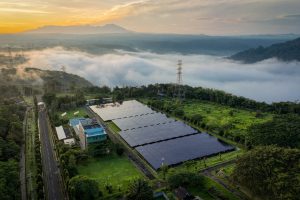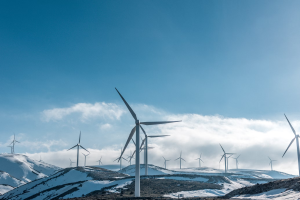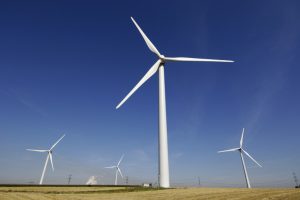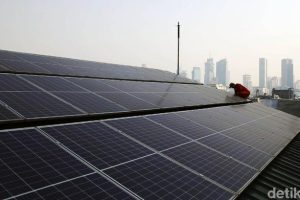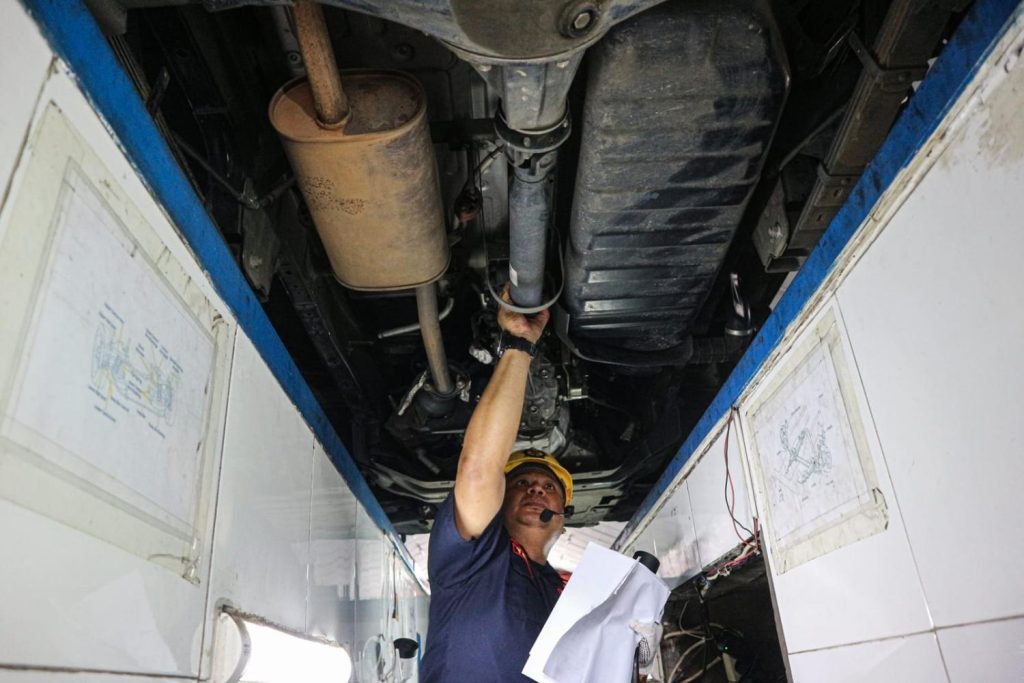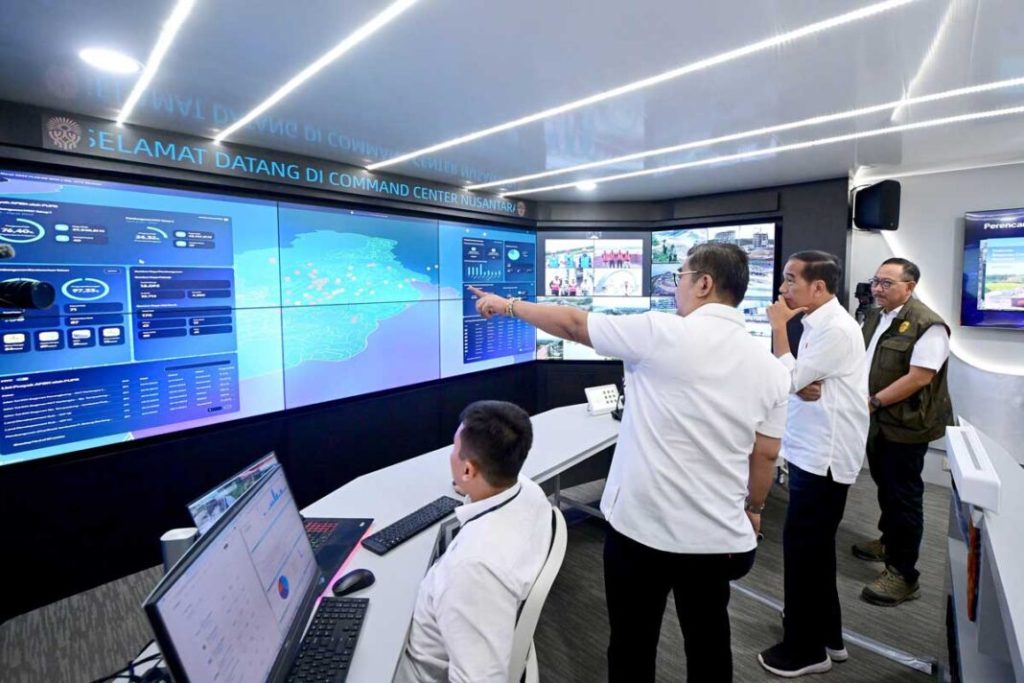Introduction
Rapid growth in renewable energy (RE) technology advancement accelerating the shifting in the energy sector from fossil-dominated to low-carbon energy-dominated. It is an excellent opportunity for most countries globally, especially for countries whose been ratified Paris Agreement and agreed to pursue clean and sustainable development. On the other hand, it is also a challenge to some countries, especially for fossils producer countries such as Indonesia. As one of the fossil-generated economy countries, Indonesia relies on fossil energy as the primary energy resource and GDP support.
In 2020, Indonesian energy was mainly supplied by coal (38%), oil (31.5%), gas (19%), new and renewable energy (NRE) (11.5%). Indonesia was exporting about 40% of natural gas through a pipeline and Liquefied Natural Gas (LNG) to several countries such as Japan, China, South Korea, and Singapore. Furthermore, Indonesia is the world’s top five coal producers. For the past five years, the average coal productions are 531 million tons, and more than 400 million tons were exported annually.
Based on the National Energy Policy, Indonesia’s primary energy demand is projected to be at 400 MTOE in 2025, about twice the existing energy demand, with a proportion of 30% Coal, 25% Oil, 22% Gas, and 23% NRE. Although the government has been decided to emerge from the pandemic through a series of low-carbon development plans and clean technology is projected to be the future energy for Indonesia, the development of other types of energy, especially coal and gas, must be considered. As the oversupplied energy resources, coal and gas development as primary energy resources is essential, especially to complement RE’s intermittent characteristics. Integration of fossils and RE while concerning energy efficiency and environment are crucial to meet energy security.
Indonesian Coal
For the past five years, the average Indonesian coal production is about 530 million tons. The coal reserve and production in Indonesia are mainly supplied from East Kalimantan (38%), South Sumatera (35%), and South Kalimantan (14%). From 39.89 billion tons of total coal reserves, 21.75 billion tons are categorized as medium quality, and 15.4 billion tons are classified as low quality.
The coal utilization for power generation in 2019 is 97.7 million tons or equal to 34.75 GW. Even though with an additional 4.1 GW new coal power plant, the demand for coal for power plant and other domestic usages is projected to be at 119.6 MTOE or equivalent to a volume of 205.3 million tons in 2030, which equals about 37% coal production in 2020. As the world implements coal phase-out, the export of coal demand will decrease periodically unless such significant energy supply in a short time is required for the country’s development.
Indonesia’s government proposed improving domestic coal consumption to save the coal industry, one of the GDP contributors while fulfilling the domestic energy demand projected to be doubled the current energy demand in 2025 or even four times in 2050. Through Law No. 11/2020 and Government Regulation No. 25/2021, the government provisions 0% royalty incentives for coal commodities used for coal domestic downstream processing. Accelerating the increase in coal’s added value and meeting domestic needs are among the priorities mineral and coal subsector.
One of the downstream projects is the gasification of low-calorie coal into Dimethyl Ether (DME) plant by a consortium of PT Bukit Asam Tbk (PTBA), PT Pertamina Persero, and PT Air Product. The Commercial Operation Date (COD) of the project is planned to be in 2025, with an input capacity of 6 million tons of coal that will produce 1.4 million tons of DME annually. Once operating, the produced DME is planned to substitute Liquefied Petroleum Gas (LPG), and the LPG imports are projected to be reduced by up to 1 million tons per year. However, Institute for Energy Economics and Financial Analysis (IEEFA) predicted the coal gasification plant in Sumatra could lose US$377 million annually. Furthermore, IEEFA also stated that replacing LPG with DME does not make economic sense.
On the other hand, a comprehensive feasibility study (FS) was conducted by a Downstream Coal Study Team of MEMR R & R&D Agency and PTBA. the study concluded that the DME project is economically viable with a Net Present Value (NPV) of USD 350 million and an Internal Rate of Return (IRR) of around 11%. The contrast lies in different data assumptions, calculation methods, and multiplier effect consideration of the project, such as job creation.
In 2020, over 70% of LPG demand in Indonesia was still fulfilled by imported supplies. PT Pertamina is projecting the need for LPG to continue to rise and reach about 10 million tons in 2030 and hopes that DME can replace 45% of the LPG demand in 2030 and benefit the government, especially in reducing import, saving the exchange rate reserves, and trade balance.
Furthermore, one DME plant, such as the upcoming one in Sumatra, will use 180 million tons of low-calorie coal for the next 30 years of the plant’s life. Compared to national coal reserves, the low-quality coal reserves can supply more than 80 similar DME plants. The abundant coal reserves provide certainty of supply for domestic energy demand, improve national energy security, and independence in shaping the national energy profile. Besides, coal gasification produces fewer emissions than the direct use of coal combustion in power plants, aligning with Indonesia’s NDC commitment to reduce 29% emissions by 2030 independently and 41% with international aids.
To conclude, Indonesia’s development growth requires four times the current energy supply by 2050. Integration of energy diversification and low-carbon energy is the future of Indonesia’s energy. RE’s development should complement more stable energy sources such as coal, natural gas, geothermal, and hydro to overcome RE’s intermittent characteristics. Coal to DME project or coal gasification, in general, will improve domestic coal consumption while reducing the emitted emissions and provide a multiplier effect for other sectors. Coal will remain one of Indonesia’s primary energy resources in the future due to its excellent availability, affordability, and accessibility securing the national energy supply while concerning energy efficiency and the environment.
Disclaimer: This opinion piece is the author(s) own and does not necessarily represent opinions of the Purnomo Yusgiantoro Center (PYC).
